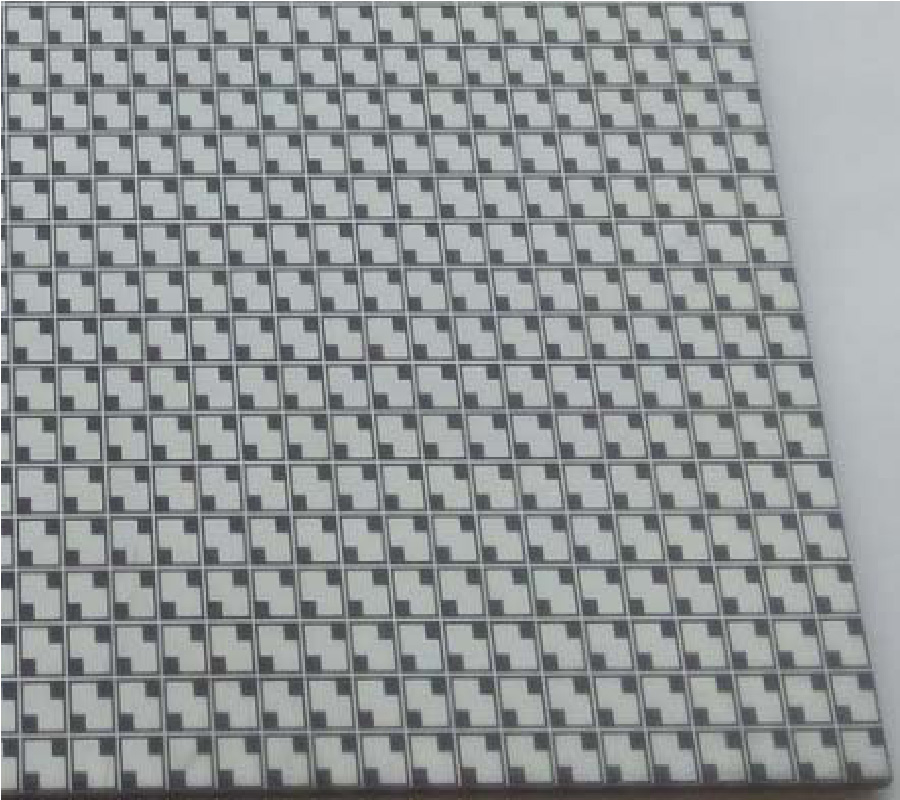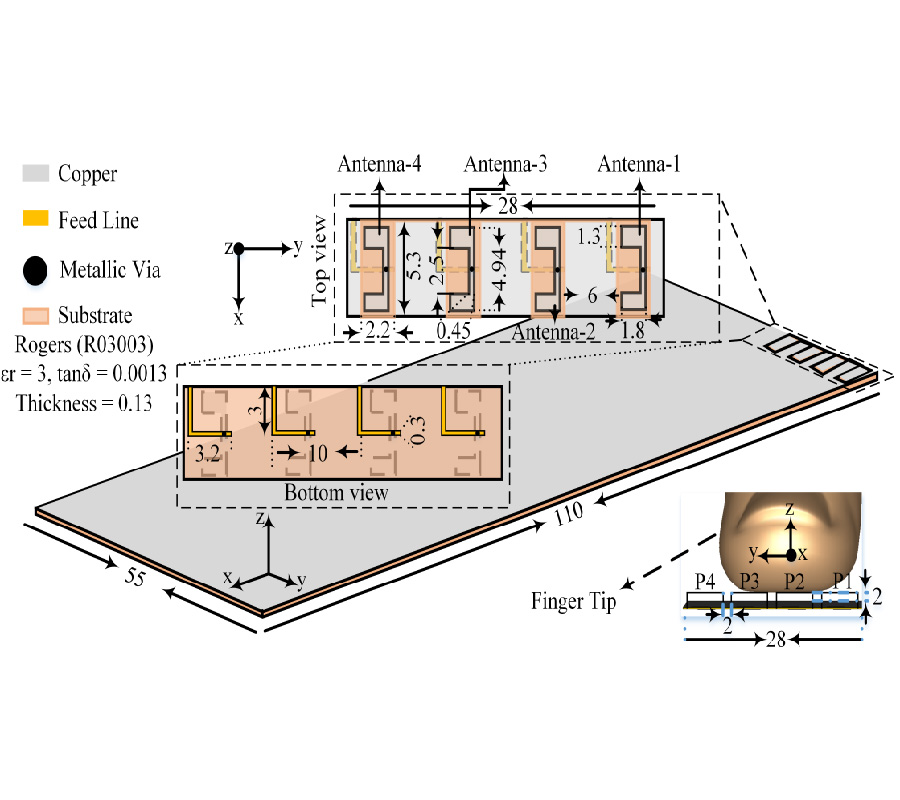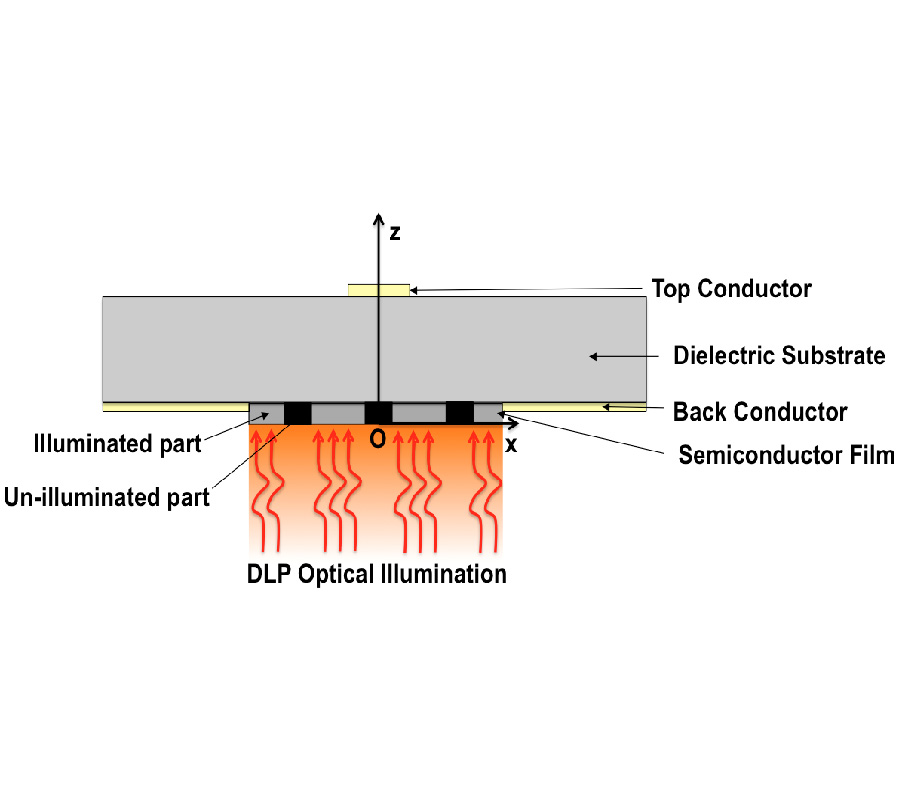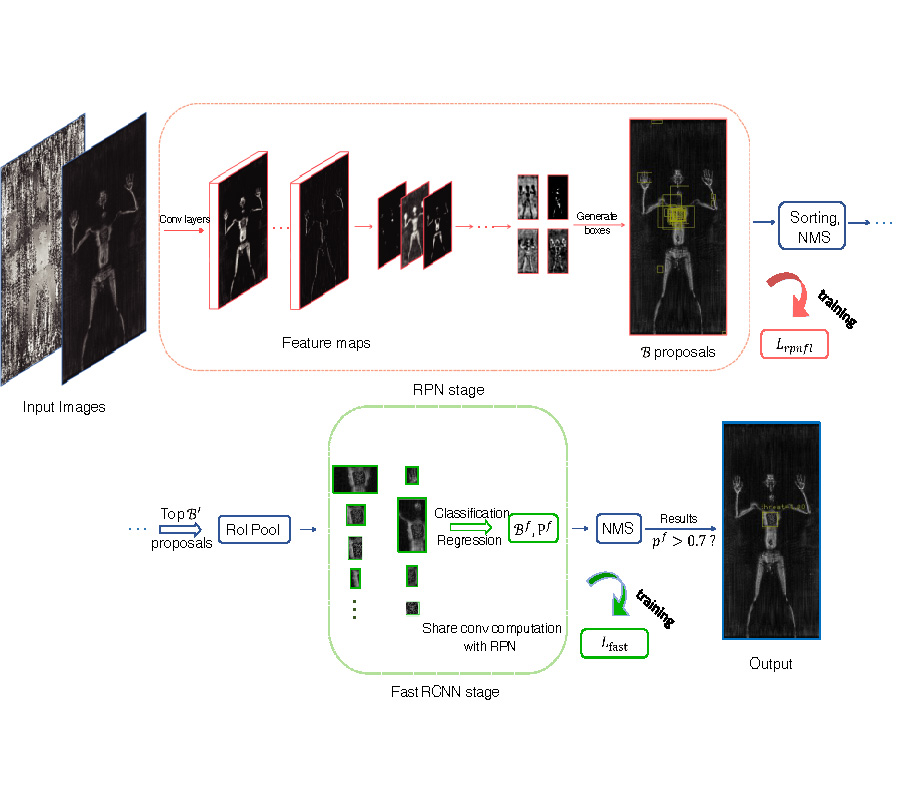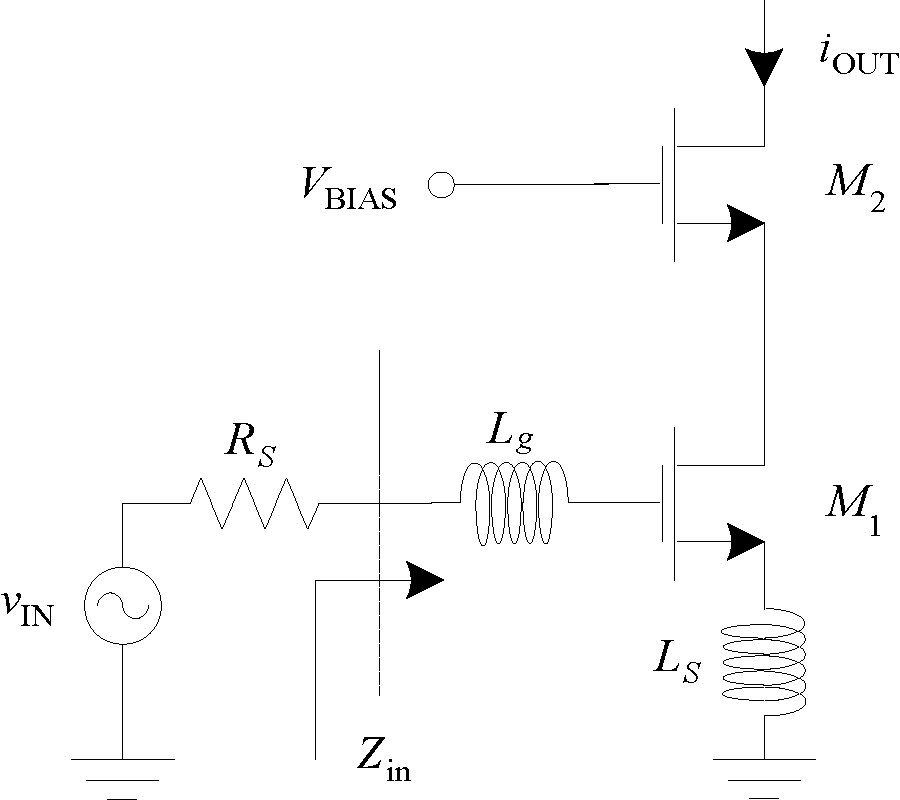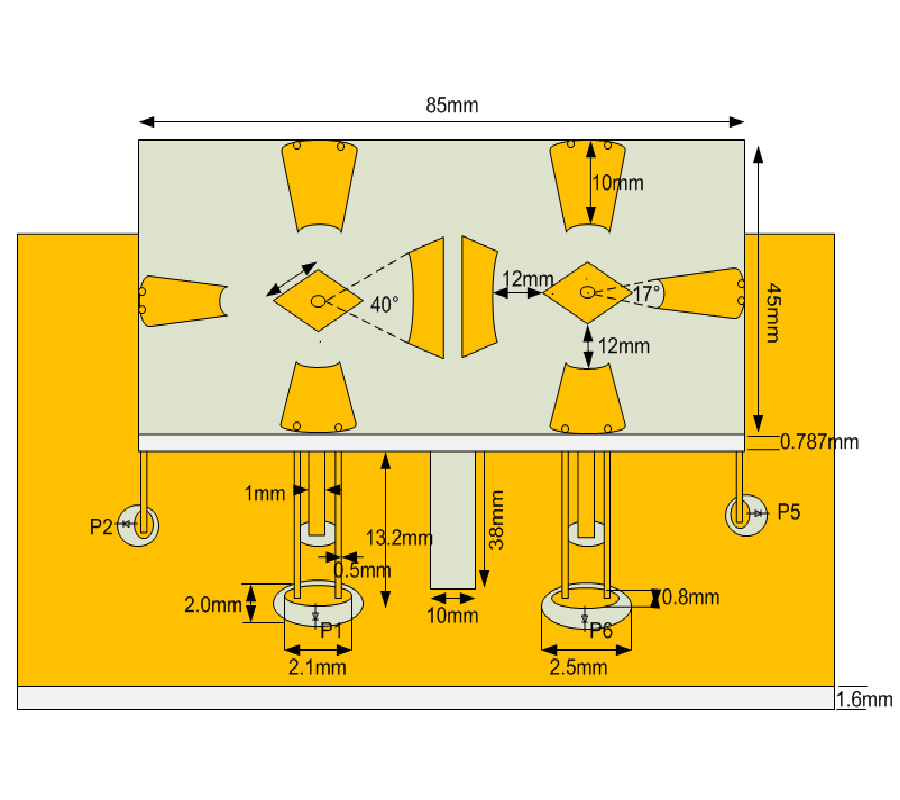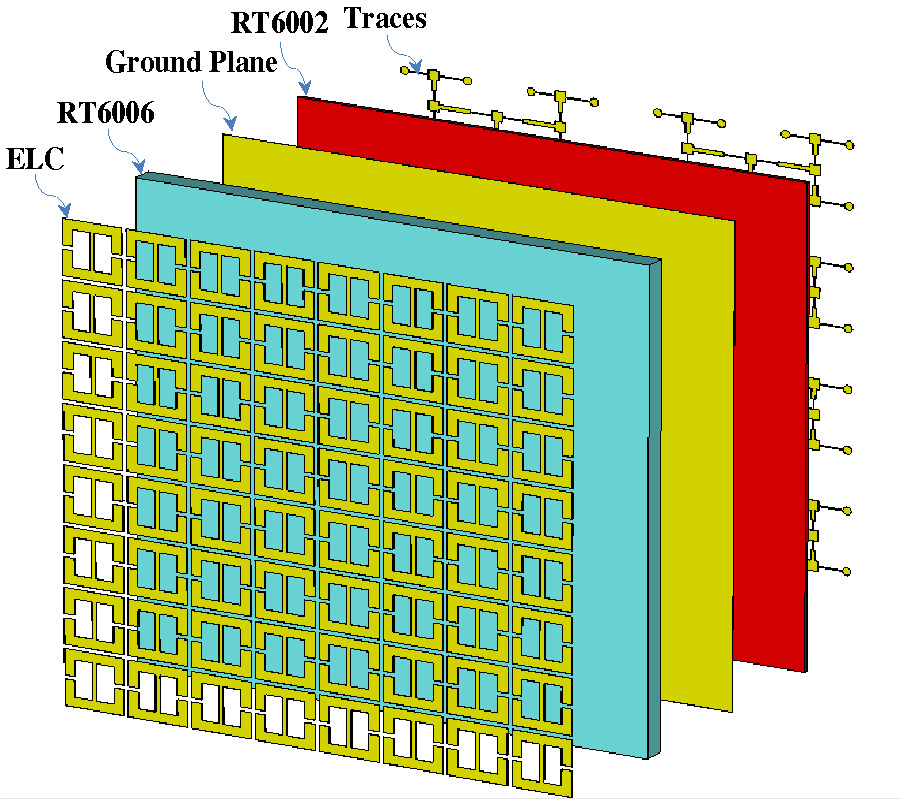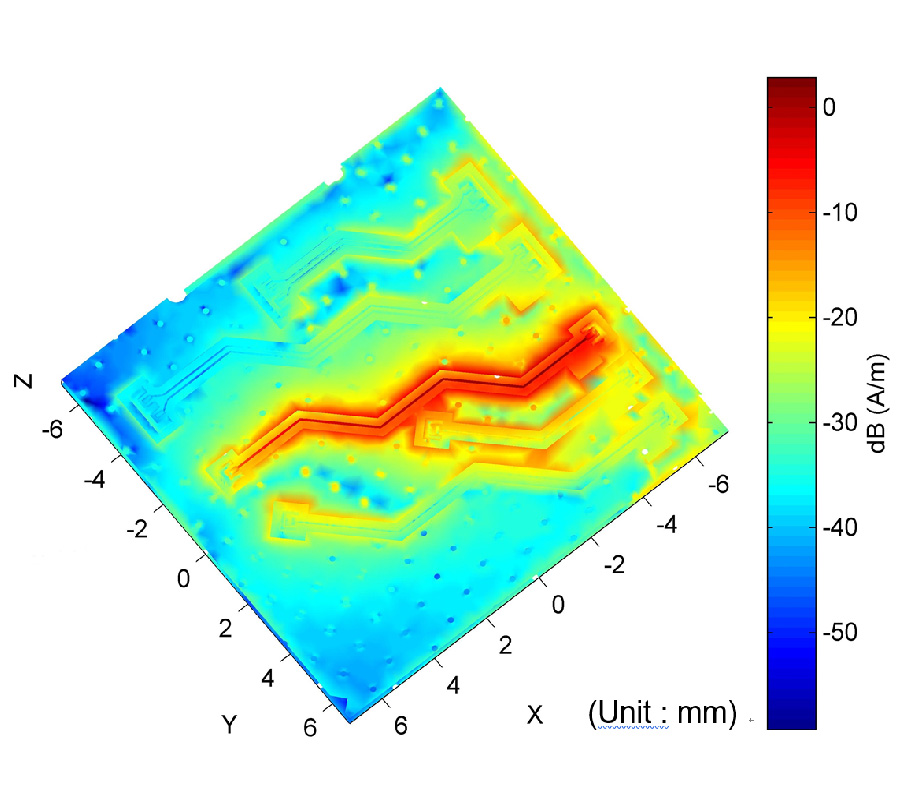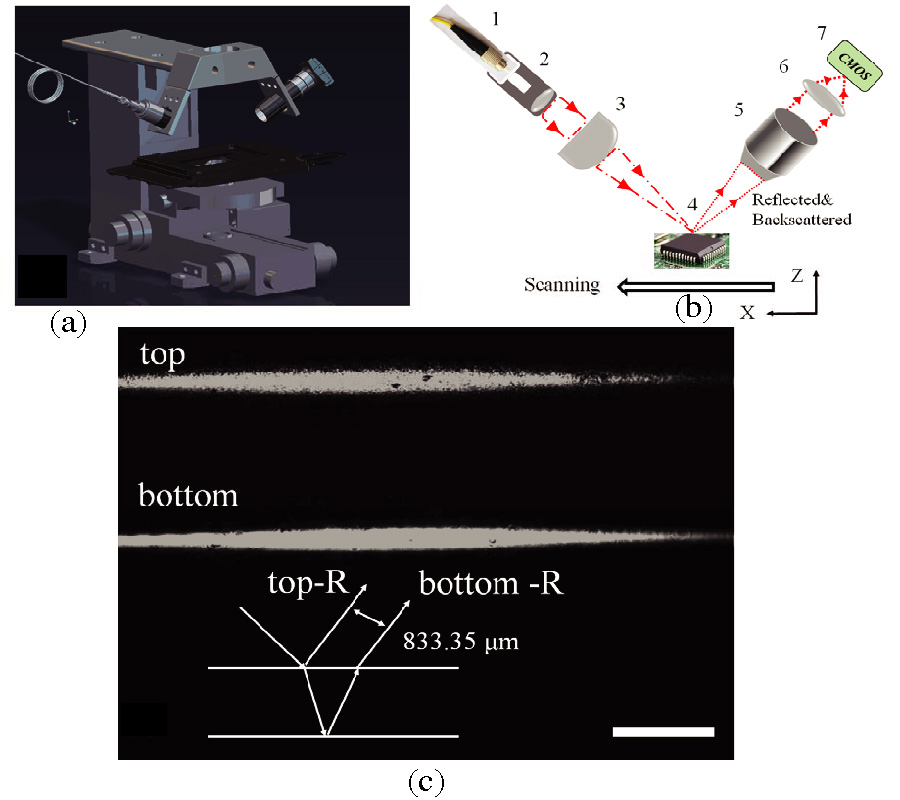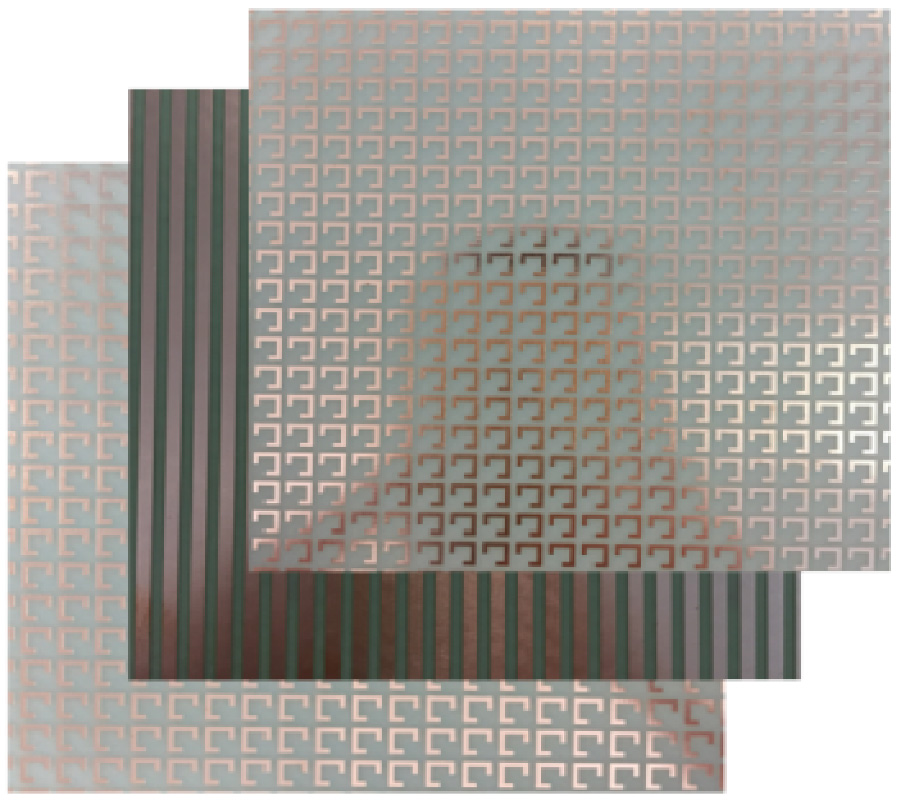2018-05-02 Latest Published
By Baoqin Lin
Jianxin Guo
Yanwen Wang
Zuliang Wang
Baigang Huang
Xiangwen Liu
Progress In Electromagnetics Research, Vol. 161, 125-133, 2018
Abstract
In this work, a wide-angle and wide-band transmission-type circular polarizer based on a bi-layer anisotropic metasurface is proposed, in which the unit cell consists of two layers of identical patterned metal films deposited on the two sides of a homogeneous dielectric layer, and the geometric pattern of the metal film is a square aperture surrounding a concentric square-corner-truncated square patch. The simulated results show that the polarizer can realize a linear-to-circular polarization conversion at both x- and y-polarized incidences in the frequency range from 7.63 to 11.13 GHz with a relative bandwidth of 37.3%, and it can maintain a stable polarization conversion performance under large-range incidence angles. Moreover, it has no asymmetric transmission effect, and the transmission coefficients at x- and y-polarized incidences are completely equal. Finally, one experiment is carried out, and the simulated and measured results are almost in agreement with each other.
